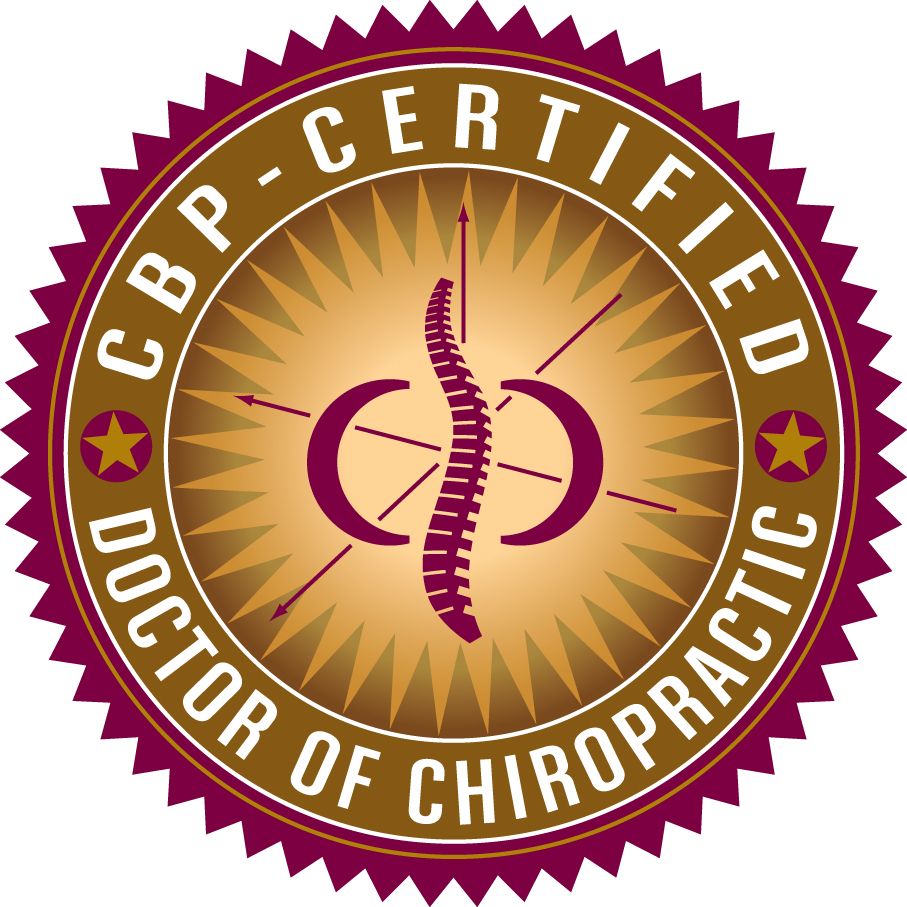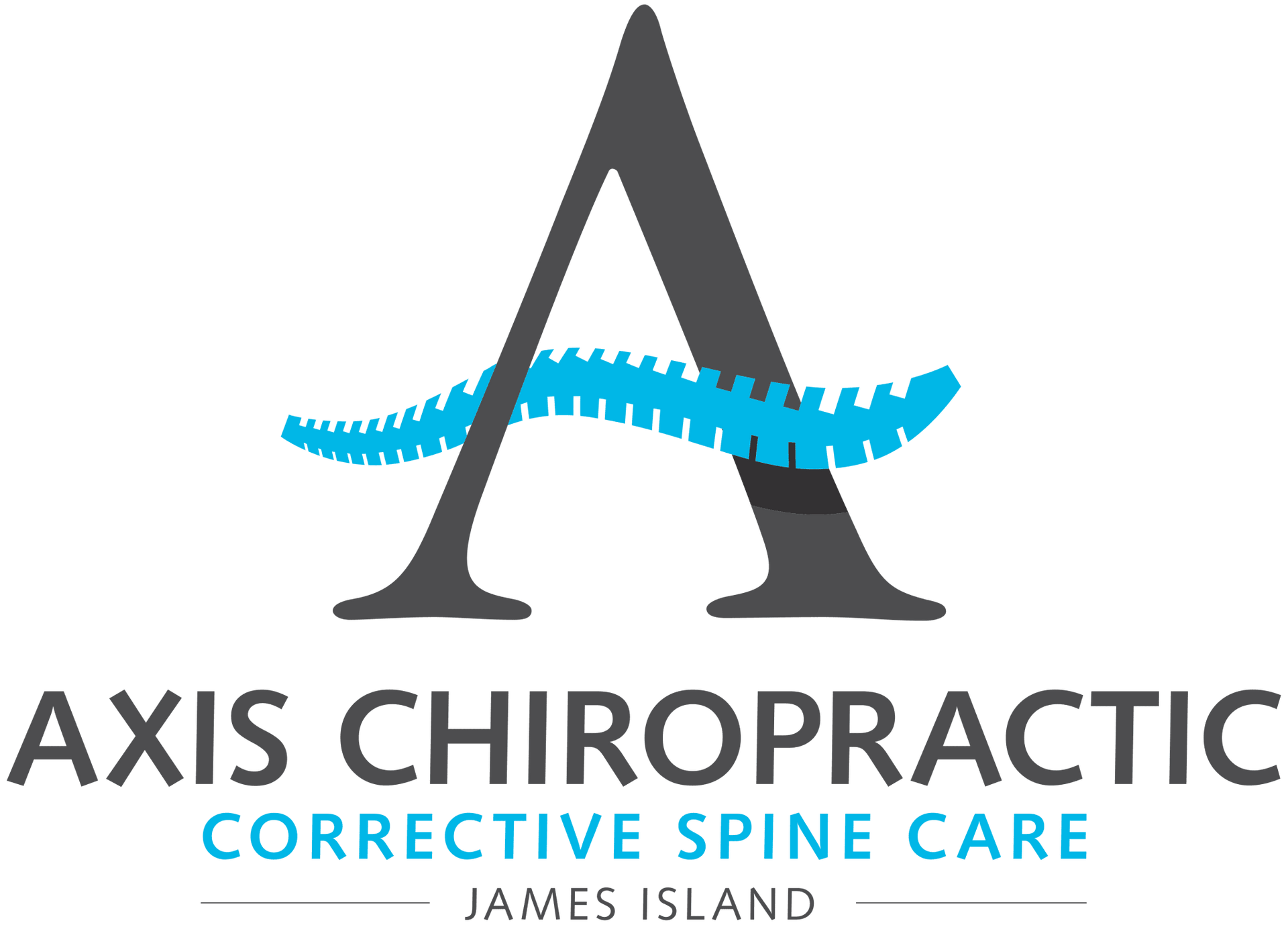Can a Chiropractor Fix Sciatica?
If you’re struggling with the persistent discomfort of sciatica, you’re far from alone. This common condition causes pain that radiates from the lower back down through the buttock and leg, often making even simple movements a challenge. The pain is usually caused by pressure on the sciatic nerve, the largest nerve in your body.
Fortunately, chiropractic care offers promising solutions for those grappling with this debilitating issue. In this post, we’ll explore what sciatica is, its common causes, and how chiropractic treatment can be a highly effective option for relief.
What is Sciatica?
Sciatica refers to pain radiating along the path of the sciatic nerve, which is the largest nerve in your body. This nerve starts in your lower back and extends through the buttock and down the back of each leg.
Causes of Sciatica
Understanding the root cause of your sciatica pain is crucial for effective treatment. The most common causes of sciatica are:
- Herniated Disc: A herniated disc occurs when the soft center of a spinal disc pushes through a crack in the tougher exterior casing. This can irritate nearby nerves and result in pain, numbness, or weakness in the back, legs, or arms.
- Lumbar Spinal Stenosis: This condition involves a narrowing of the spinal canal in the lower back (lumbar spine), which can put pressure on the spinal cord and nerves. Symptoms often include pain, numbness, or tingling in the lower back, legs, or buttocks.
- Piriformis Syndrome: This condition occurs when the piriformis muscle, which is located in the buttock, spasms and causes pain. The piriformis muscle can also irritate or compress the sciatic nerve, leading to sciatica-like symptoms.
- Muscle Spasms: A muscle spasm is an involuntary contraction of a muscle that can cause a great deal of pain. Muscle spasms in the back or legs are common symptoms of conditions that can lead to sciatica.
- Pinched Nerve: This term refers to a nerve that is compressed or constricted, often due to a herniated disc or spinal stenosis. The compression can cause symptoms like pain, tingling, numbness, or weakness, radiating from the pinched nerve’s location.
Symptoms
Sciatica symptoms can range from mild to severe, often impacting one side of the body more than the other. The most common symptoms associated with this condition are:
- Lower back pain
- Sharp, shooting pain through the buttock and down the leg
- Tingling or burning sensation in the leg
- Numbness in the leg or foot
- Muscle weakness in the affected leg
- Pain that worsens when sitting
- Difficulty moving or lifting the leg
How Can a Chiropractor Help Sciatic Pain?
If you’ve been dealing with the discomfort and limitations that come with sciatica, it’s natural to look for effective ways to find relief. One method that has helped countless individuals is chiropractic care. This approach doesn’t just mask the symptoms; it aims to address the root cause of your sciatic pain.
After a detailed consultation, a discussion of your medical history and possibly an x-ray, your chiropractor will design a treatment plan tailored to your needs. This multi-pronged, holistic approach addresses the musculoskeletal system as a whole, relieving tight muscles and improving the overall function of the side of the body affected by sciatica.
The services that a chiropractor might employ to provide relief from sciatica include:
Spinal Adjustments
One of the foundational elements of chiropractic care, SPINAL ADJUSTMENTS aim to correct any misalignment in the spine that could be putting pressure on your sciatic nerve. By applying precise force to specific points on your spine, the chiropractor can help to realign vertebrae, reducing nerve irritation and alleviating pain. Chiropractic adjustments are usually part of an overall treatment plan to restore function and promote wellness.
Spinal Decompression
SPINAL DECOMPRESSION THERAPY involves stretching the spine, using a traction table or similar motorized device, to relieve back pain and leg pain. This procedure can remove pressure from the discs in your lower back, allowing them to heal and reducing the irritation on the sciatic nerve.
TENS Unit Therapy
TRANSCUTANEOUS ELECTRICAL NERVE STIMULATION (TENS) is a therapy that utilizes low-voltage electrical currents to relieve pain. Small electrode patches are placed on the skin near the area of pain, sending electrical pulses along nerve pathways. These pulses can inhibit the transmission of pain signals to the brain and encourage the release of endorphins, the body’s natural painkillers, thereby providing another option for sciatica pain relief.
Radial Pressure Wave Therapy
Also known as shockwave therapy, RADIAL PRESSURE WAVE THERAPY uses sound waves to stimulate soft tissue, increase blood flow, and accelerate the healing process. It can be effective in relieving muscle tension and reducing pain in the lower back and leg, which are common symptoms of sciatica.
Can Sciatica Go Away On Its Own?
One of the questions we frequently hear from patients dealing with sciatica is whether the condition will resolve itself over time. The answer varies from person to person and depends largely on the underlying cause of the sciatica symptoms.
For some individuals, sciatica may improve without specific treatment within a few weeks. Rest, over-the-counter pain relievers, and cold therapy can sometimes provide temporary relief. However, these measures may not address the root cause of the problem, leading to recurring episodes of pain in the future.
On the other hand, more severe cases of sciatica caused by conditions like a herniated disc, spinal stenosis, or piriformis syndrome may require more targeted intervention. In these situations, the pain is less likely to go away on its own and could worsen if not addressed.
So, while it’s possible that your sciatica may improve without formal treatment, it’s often advisable to consult an experienced chiropractor to accurately diagnose the issue. This proactive approach not only aims to relieve your current symptoms but also helps prevent the pain from returning, allowing you to get back to your active lifestyle.
Other Treatment Options
While chiropractic care serves as a cornerstone for treating sciatica, incorporating complementary treatment options can enhance the effectiveness of your treatment plan. These treatments aim to address various aspects of sciatica, from muscle tension to nerve pain, and can significantly improve your overall well-being. Here are some complementary treatment options often recommended alongside chiropractic care.
Cold Therapy
Applying a cold pack to the affected area can provide immediate relief from sciatica pain. The cold helps to reduce inflammation and numbs the area around the sciatic nerve, offering temporary pain relief. This is particularly useful in the initial stages of sciatica when the pain might be at its most intense.
Hamstring Stretches
Tight hamstring muscles can exacerbate the discomfort associated with sciatica. Incorporating hamstring stretches into your daily routine can relieve muscle tension and improve your range of motion. These stretches can be an essential part of your overall treatment plan, aiding in quicker recovery and ongoing relief from pain.
Massage Therapy
A targeted massage can focus on trigger points or specific areas of muscle tension that may be contributing to your sciatica symptoms. Massage also improves blood flow to the affected areas. Specialized techniques can be used to alleviate tension in the low back, buttocks, or legs, which may be contributing to your sciatic pain. By improving circulation and reducing muscle tension, massage therapy can play a supportive role in your comprehensive treatment plan for sciatica.
Physical Therapy
A physical therapist can work in tandem with your chiropractor to develop a tailored exercise program that addresses your specific sciatica symptoms. Exercises focus on improving posture, strengthening muscles that support your spine and hips, and enhancing your flexibility. Physical therapy not only helps alleviate the immediate pain but can also provide you with a set of tools to prevent future episodes of sciatica.
By combining these complementary treatments with chiropractic care, you’ll have a more holistic approach to managing your sciatica symptoms. This multifaceted plan will not only focus on pain relief but also aim for long-term wellness, helping you get back to living your life without the shadow of persistent discomfort.
Takeaway
Sciatica is a common condition affecting many people, but chiropractic treatment can offer substantial relief. By addressing the root cause of the sciatica through a tailored treatment plan, chiropractors can provide both immediate and long-term relief from sciatic nerve pain. If you’re experiencing symptoms of sciatica, don’t hesitate to CONSULT A CHIROPRACTOR to explore the best course of action for your well-being.









